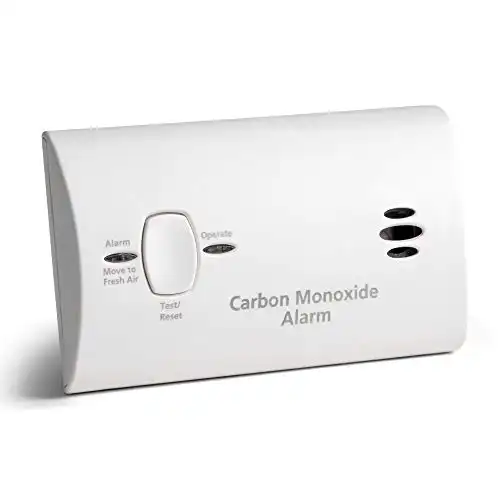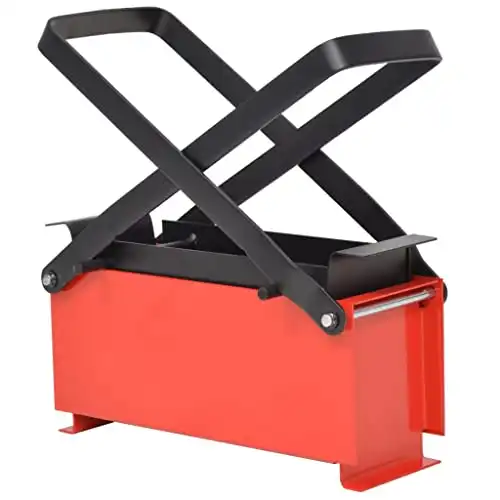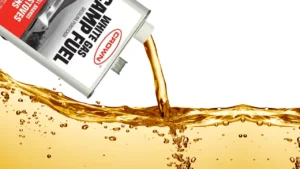I love using my wood stove in winter because it produces amazing heat and creates a cozy ambiance inside. Since these stoves are designed to work with wood, you may wonder if you can use charcoal instead.
Charcoal can be convenient to buy and burn but there are some major considerations you need to take into account if you're going to be using charcoal in your wood stove.
You can burn charcoal in a wood stove but it’s generally NOT recommended because of the carbon monoxide risk and potential damage to your stove. Charcoal is also slightly more expensive than wood briquettes and I only recommend using it when you don't have access to wood and are desperate.
If you must use it, ensure the space is very well ventilated, you have a good carbon monoxide detector and use a coal grate to ensure adequate airflow.
If you don’t have access to firewood, using charcoal as a fuel alternative can work well if you follow the steps for safe and efficient stove use.
Downsides and Risks To Using Charcoal in a Wood Stove
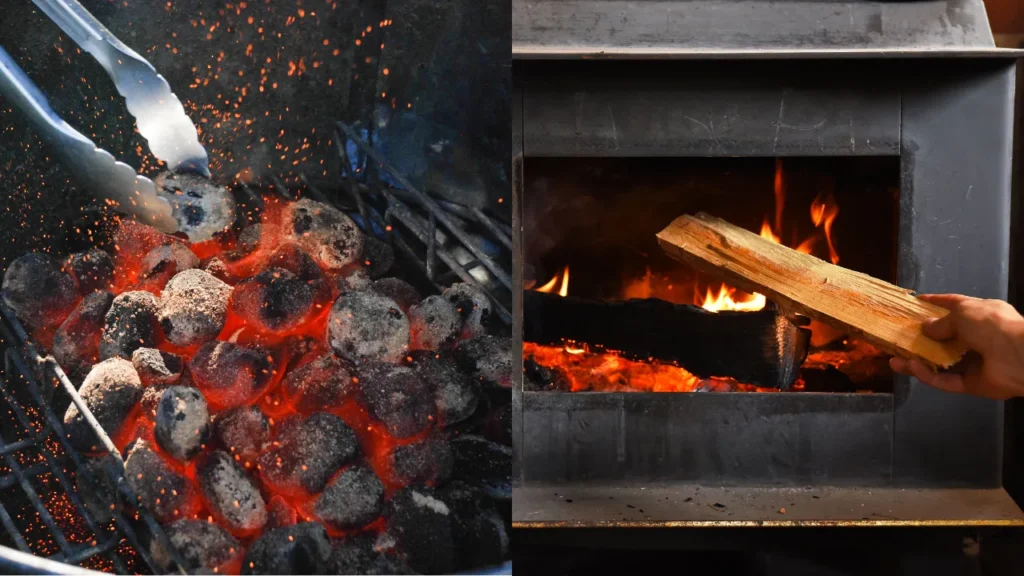
Before going ahead and using charcoal in your wood stove, it’s worth considering the drawbacks:
- Charcoal produces carbon monoxide as it burns. Carbon monoxide is odorless and colorless and you won’t be able to detect a dangerous build-up unless you have a carbon monoxide detector.
Carbon monoxide can cause headaches and tiredness if inhaled in small quantities and be fatal if you inhale too much.
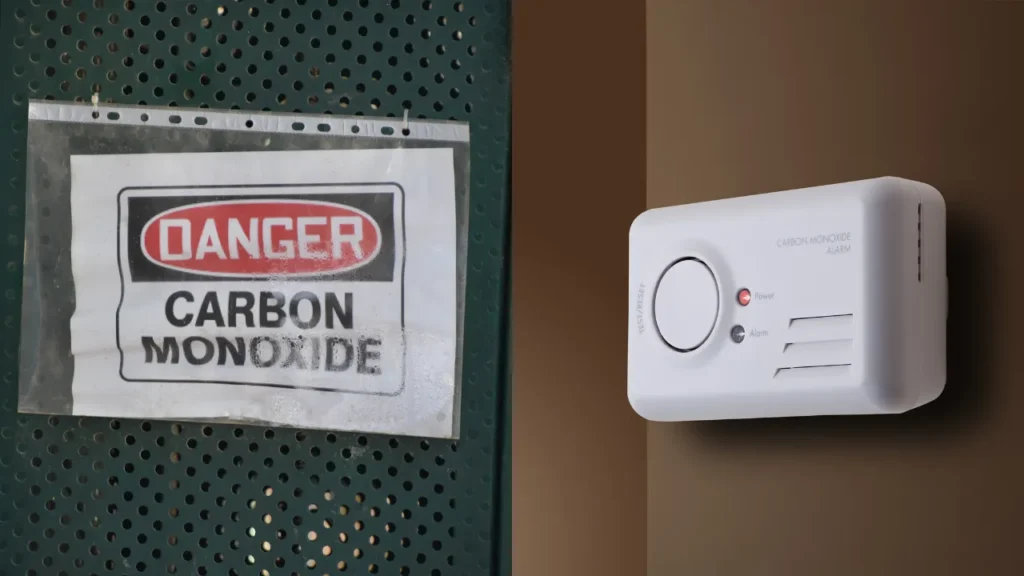
Most people use their wood stoves indoors when the weather is cold, and your indoor space may not have enough ventilation, putting you and your family at risk of carbon monoxide poisoning.
Make sure you always have a good carbon monoxide detector like this one from Amazon installed when using a stove indoors.
- It’s slightly more expensive than wood. It therefore makes more sense to use wood if you have access to a store or wood source.
- Charcoal reaches a peak temperature quickly but cools faster than wood, which isn’t great if you’re using your stove to warm up.
- Charcoal burns hotter than wood. Most wood stoves are designed to use wood only and the materials used can accommodate burning wood.
Since charcoal burns hotter than wood, it could damage your wood stove. Some wood stove owners place sand in the wood stove to protect it but if you still have a warranty, it would be voided if you use charcoal.
- It produces a lot of ash, making cleaning up more tedious.
- Using charcoal in a wood stove is usually not worth the risk and cost. Considering the extra cost of charcoal, using sand to protect your stove, a coal grate, the potential damage and investing in a good carbon monoxide detector, using wood is a much better idea.
Benefits of Using Charcoal in a Wood Stove
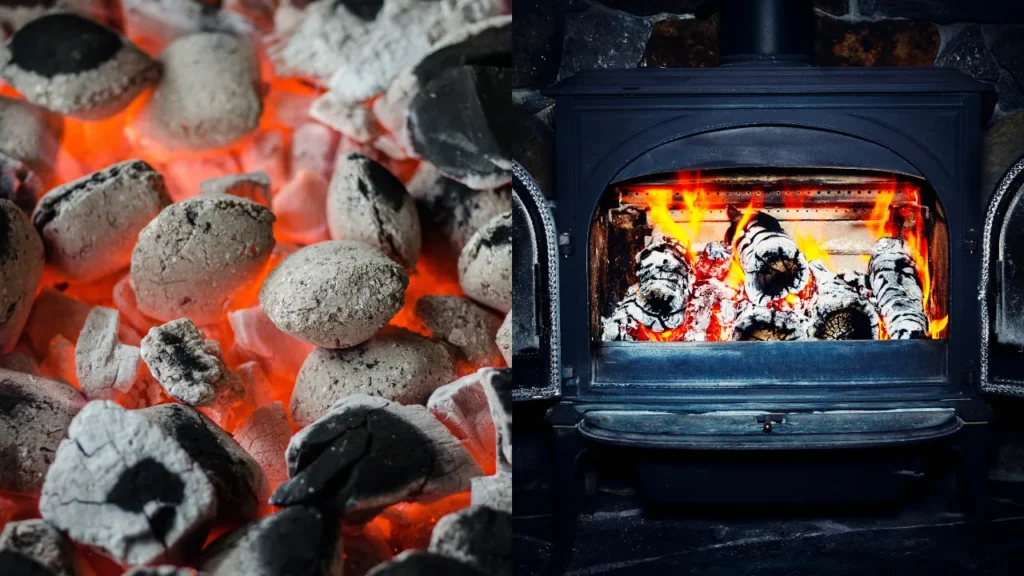
Although using charcoal in a wood stove isn’t recommended, there are still some benefits to consider as long as you ensure your space is well-ventilated:
- Charcoal produces a lot of heat, making it great for chilly evenings if your stove is on your patio. It also burns for longer and is more fuel efficient.
- It burns clean and produces much less smoke than wood or wood pellets because all the wood gases have been eliminated during the manufacturing process.
- Charcoal is an excellent wood alternative for camping stoves and use in places where bringing firewood isn’t permitted. Many state and national parks don’t allow you to bring your own firewood as it may contain invasive insects or larvae.
- You don’t need as much charcoal and it’s more lightweight. This is great if space and carrying stove fuel is an issue.
How To Use Charcoal in a Wood Stove
If you’ve decided to use charcoal in your wood stove, here’s how to do it:
1. Ensure you have a working carbon monoxide detector and a clear chimney. This will help vent the carbon monoxide out your home and alert you if it reaches dangerous levels.
You can buy a good carbon monoxide detector at big box stores or online.
2. Ventilate the space well. Even low carbon monoxide levels can affect your health (e.g. headaches, lethargy, etc) and opening windows and doors can help mitigate this. If you can’t ventilate the space enough, it’s not worth the risk.
3. Use a coal grate. This will ensure adequate ventilation under the charcoal, allowing it to ignite quicker and you to use less of it.
4. Place a layer of sand in the stove to protect it from damage. You may also want to limit how long you use charcoal in the stove to prevent carbon monoxide from accumulating.
Alternative Fuels for a Wood Stove
Charcoal makes an excellent alternative to wood for a camping stove. However, if you’re worried about the carbon monoxide risk with your indoor wood stove, you can put your mind at rest by using a safer alternative:
- Wax logs. With their waxy petroleum composition, these logs ignite quickly and provide plenty of consistent heat and energy. They burn slowly and are an economic option.
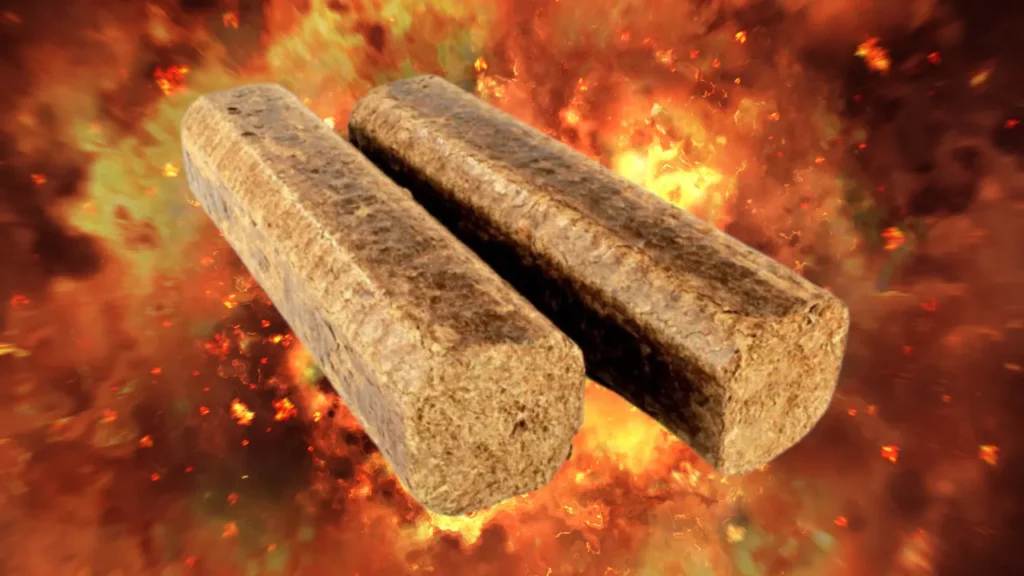
- Peat briquettes. Peat bricks consist of compacted peat and give a slow and consistent burn, making them great to keep your home warm all day.
- Wood pellets. These pellets burn much hotter than wood and you should only use them if you have a cast iron stove that can withstand the heat.
- Paper bricks. Most people who use paper bricks in stoves make their own using a paper brick maker. This is a great way to use up discarded magazines and paper as fuel.
Paper brick makers are surprisingly affordable and widely available.
With this machine, you can press waste paper into 1 large briquette that you can use as fuel for your fireplace or fire pit. This classic paper pressing machine has a steel frame and handles, which makes it durable and sturdy
- Grass and soy logs. If you’re looking for an eco-friendly option, grass and soy logs are perfect and offer slow and consistent burning. They also release a pleasant scent.
How To Use Charcoal in a Wood Camping Stove

I like charcoal because it’s compact and lighter than wood, making it easier to carry if I have to hike to my campsite and don't want to waste time looking for wood (or if I know the area is really wet).
Here’s how I use it with my wood camping stove:
1. Always use your stove outside or in a very well-ventilated area. According to the United States Consumer Product Safety Commission, charcoal produces a significant amount of carbon monoxide when burned, which can be deadly if you inhale it in large quantities. This means I don't cook inside my tent or undercover.
2. Place a piece of firestarter, such as a Zip Fire Starter, in your stove’s fire chamber. Alternatively, use a cotton wool ball soaked in Vaseline, isopropyl alcohol or anti-bac hand gel and light it.
3. Use the windshield if the weather is gusty. This will ensure the fire doesn’t go out.
4. Place your charcoal in the fire chamber and fill it up to the top. You can use briquette or hardwood charcoal in a wood camping stove.
5. Allow about 5 minutes for all the charcoal to ignite and start producing a flame. Once your charcoal has ignited, you can increase the heat level by introducing more oxygen by fanning the fire.
If you’re in a hurry, use an extra firestarter or alcohol cotton wool ball.
6. Once the charcoal pile becomes smaller after a few minutes of burning and the stove feels hot, you can use it as you normally would.
The YouTube video below provides a visual demonstration of how to use charcoal in a wood stove. It also proves that it takes approximately 10 minutes to boil a small pot of water, which is longer than wood:
If you don’t have access to charcoal or wood and want to use unleaded gas from your car, you could always make a DIY gasoline stove and use that instead.
Alternatively, for stove-free camping consider preparing hot meals in advance and keeping the food or soup hot in a thermos or your cooler for larger quantities.


